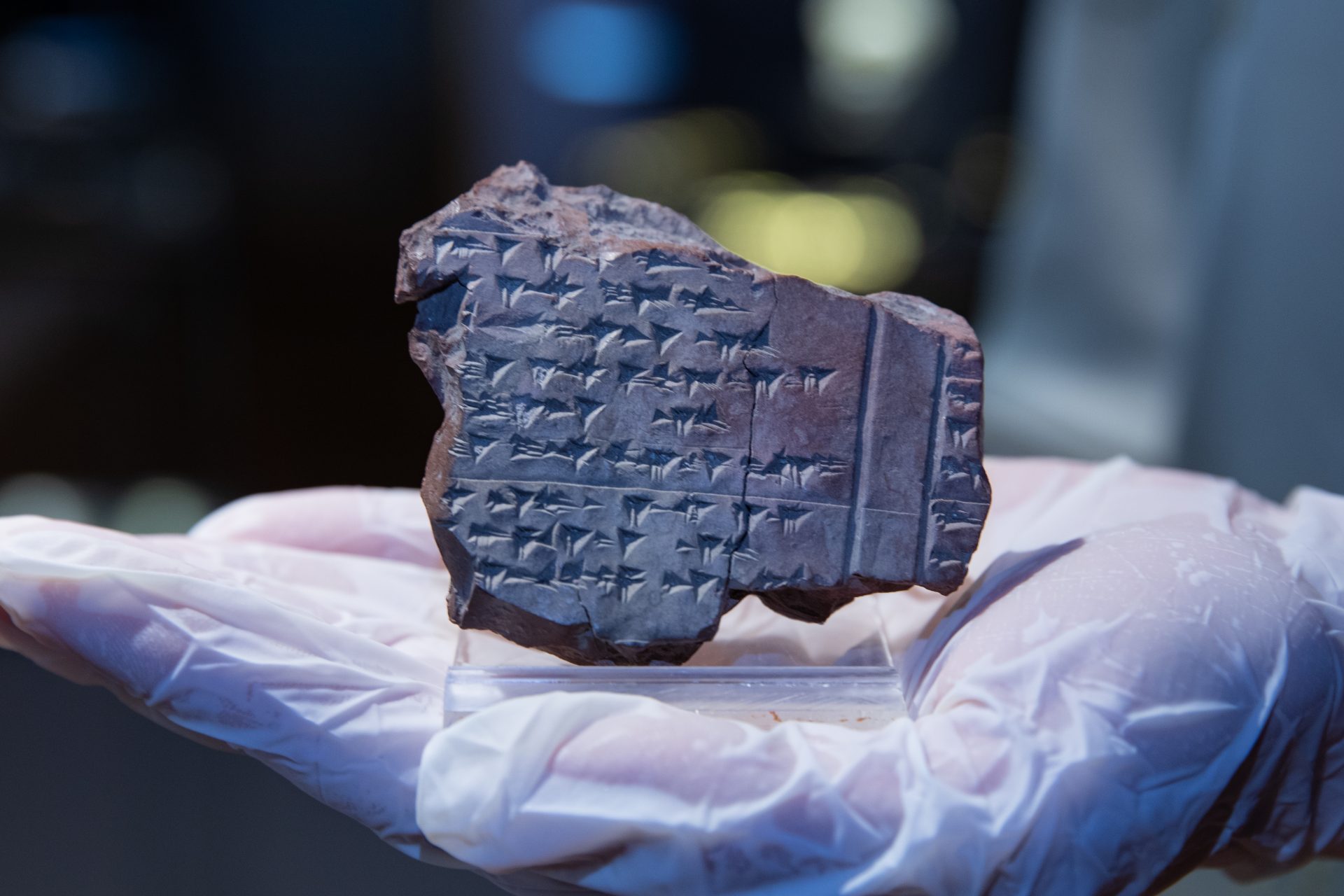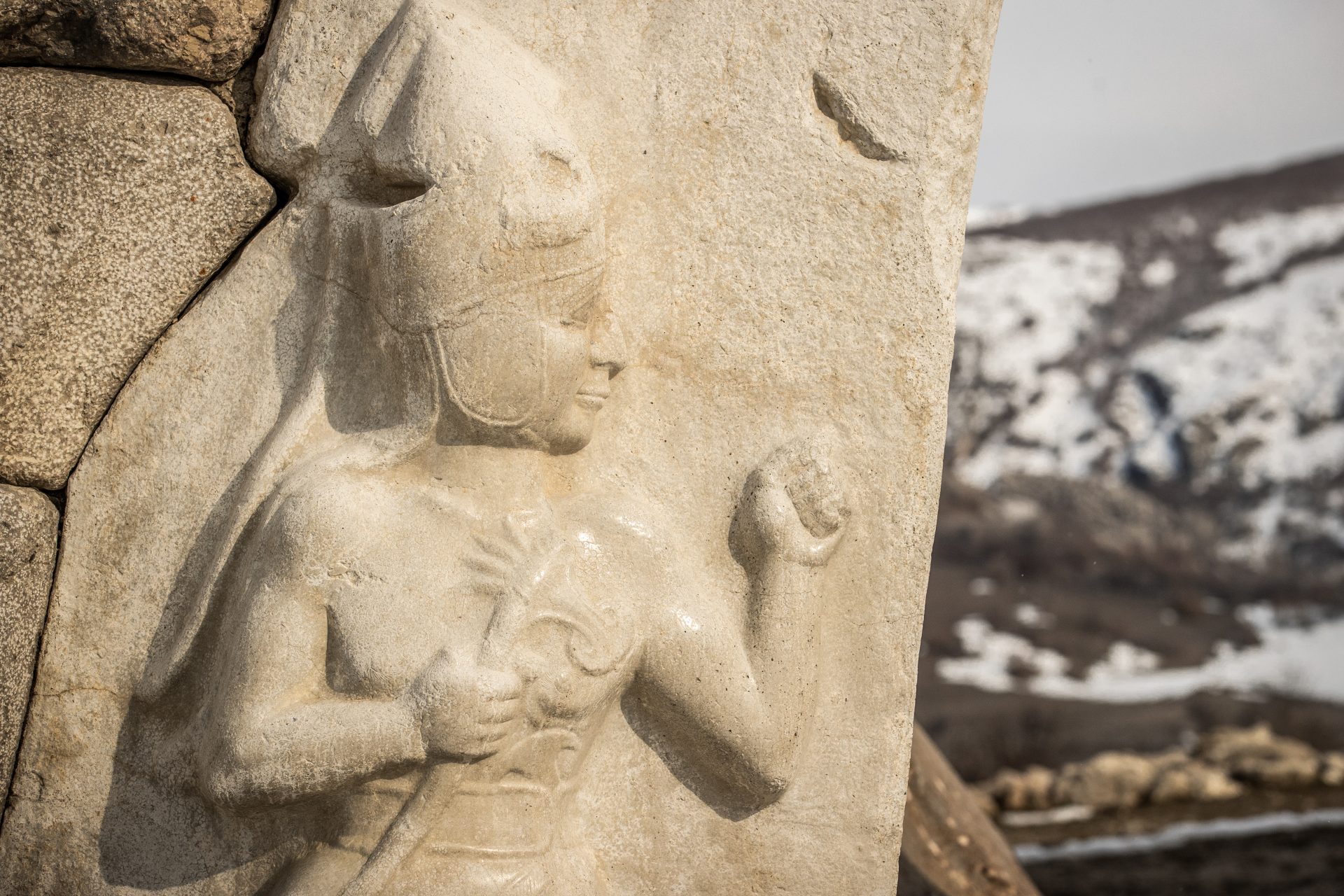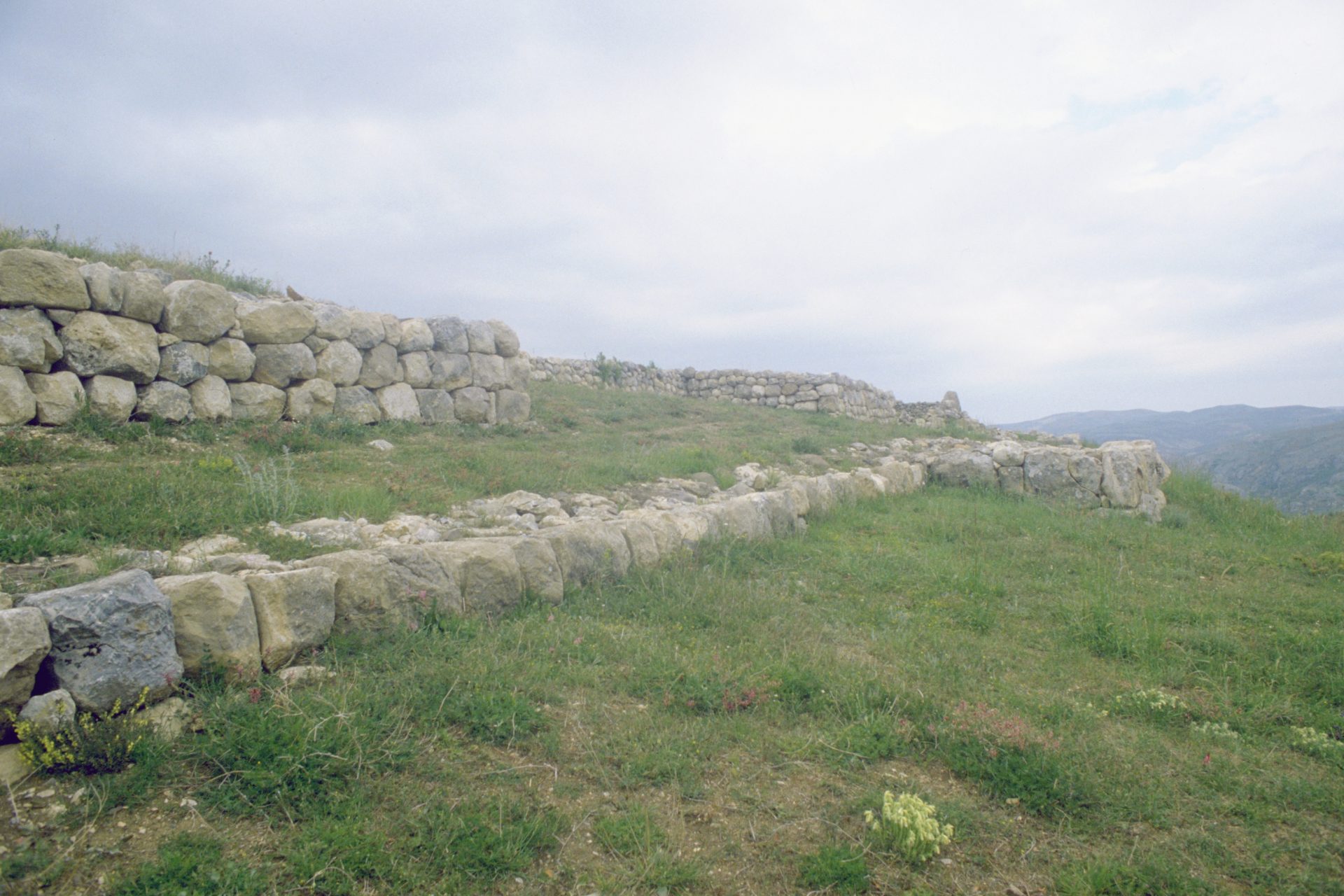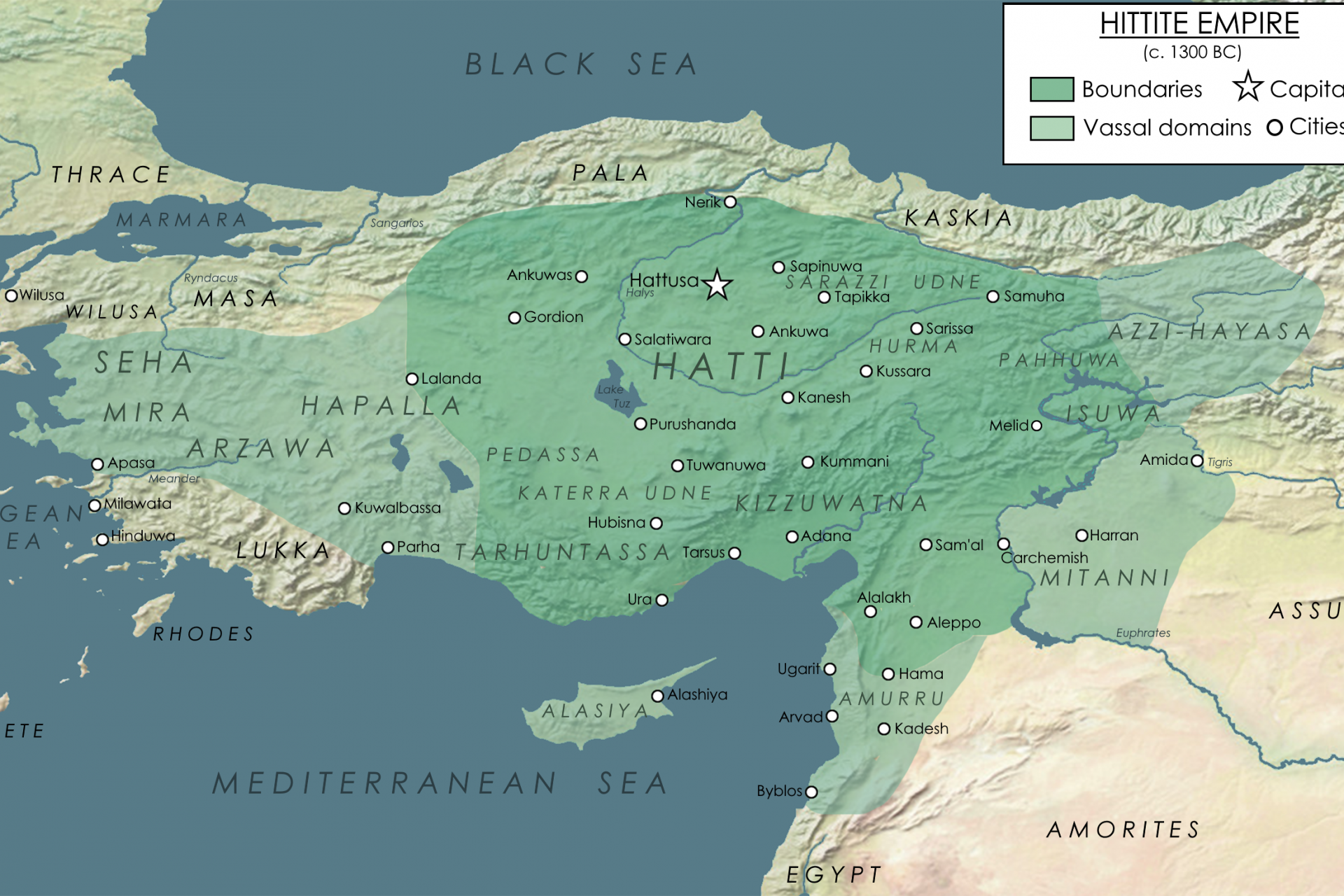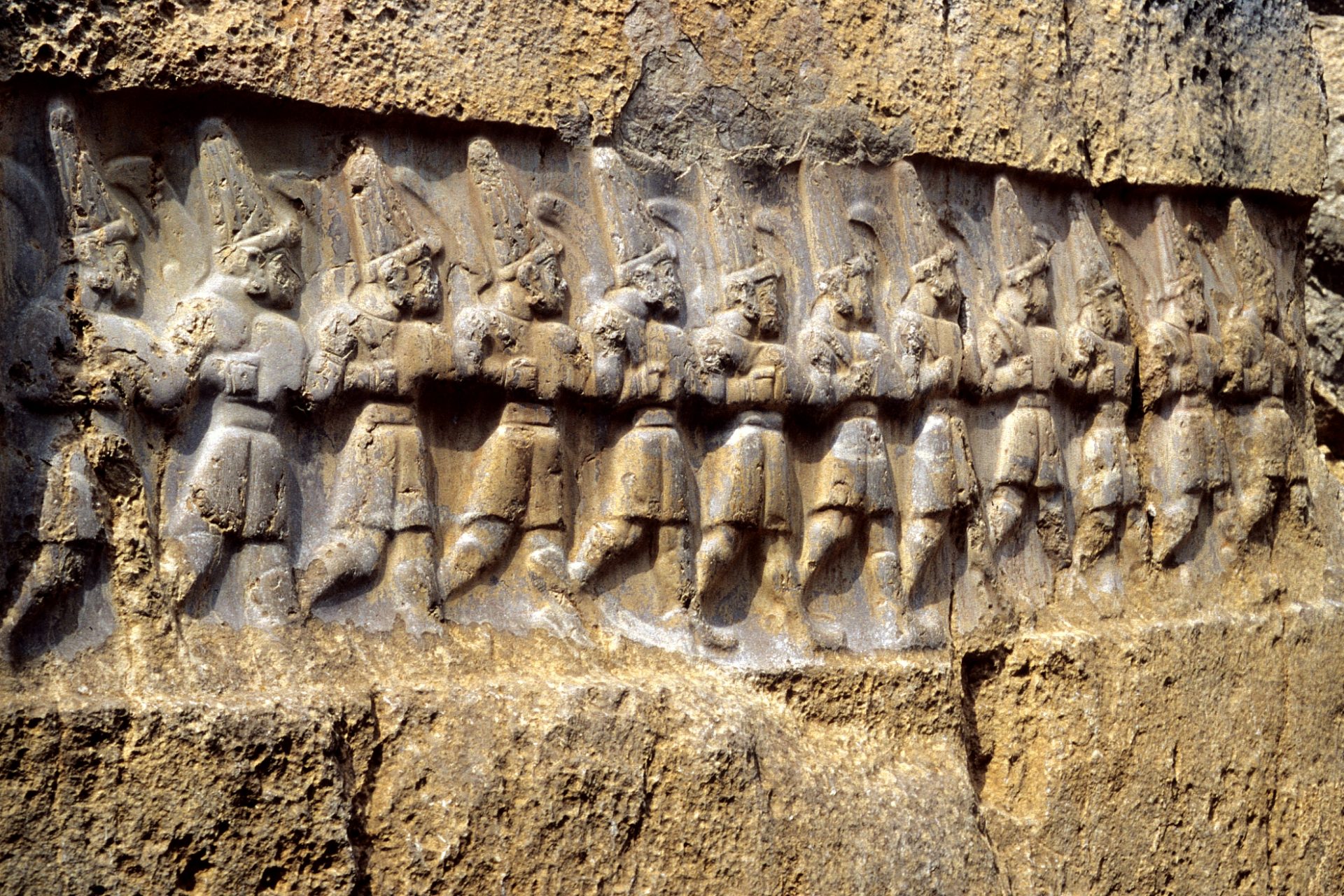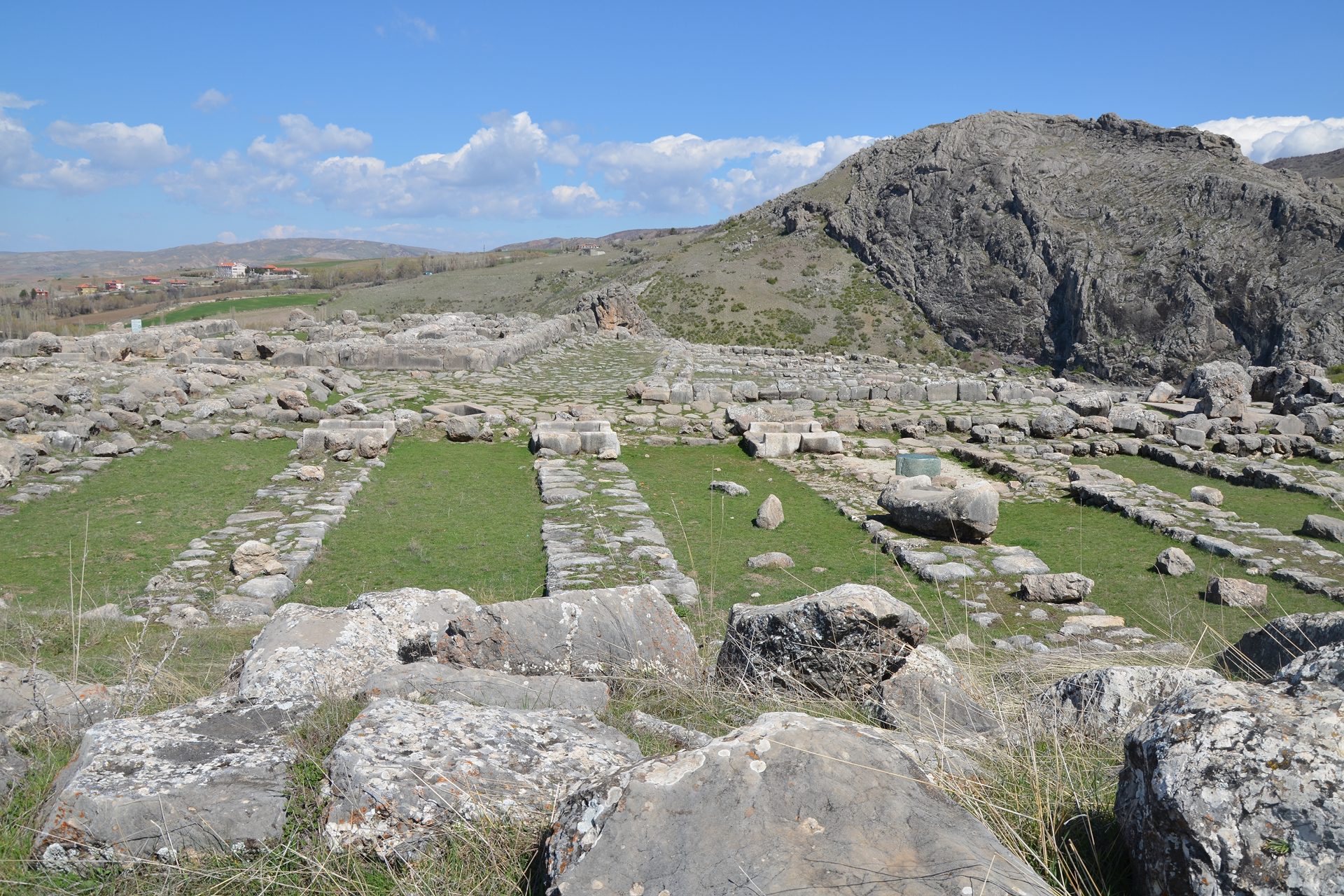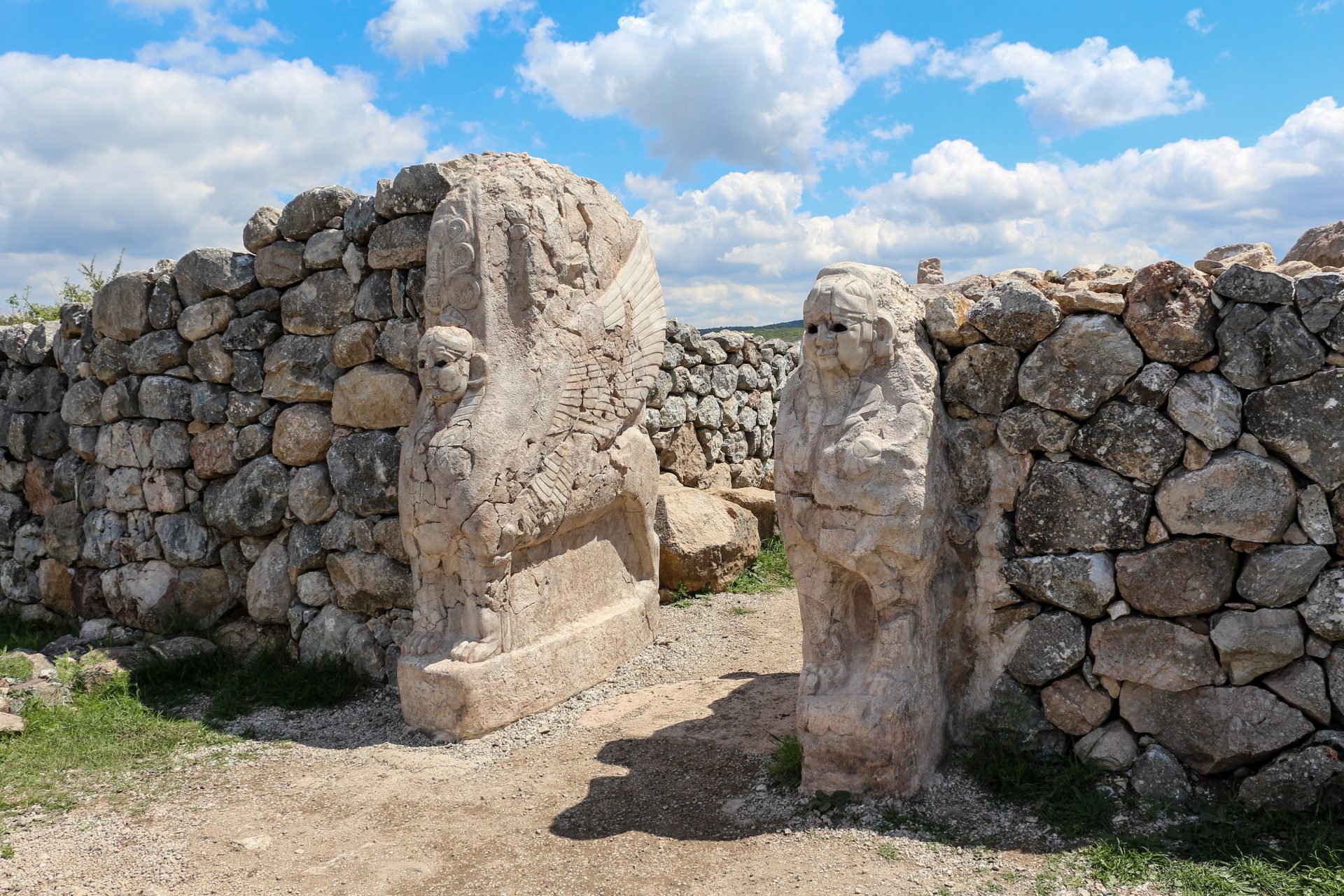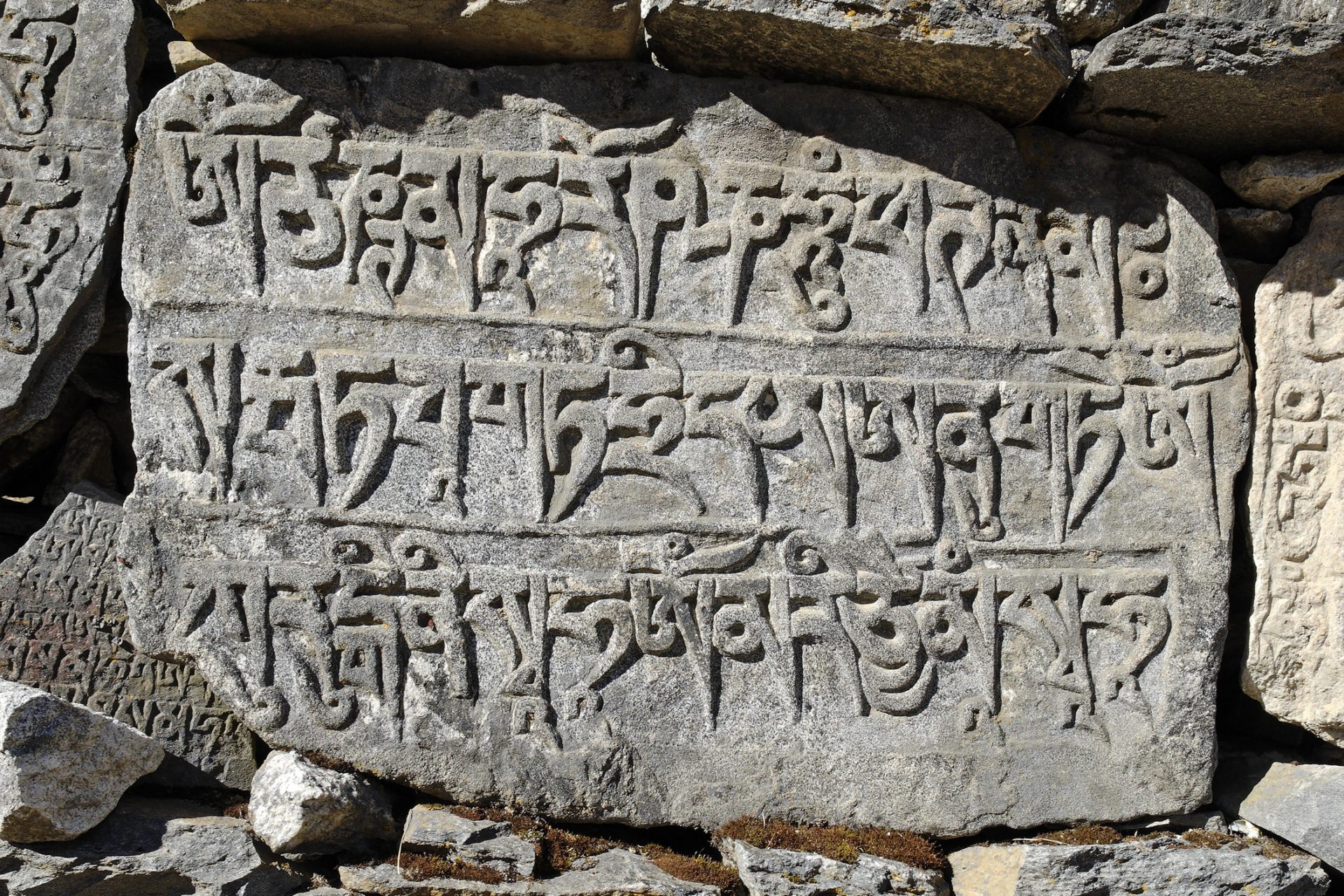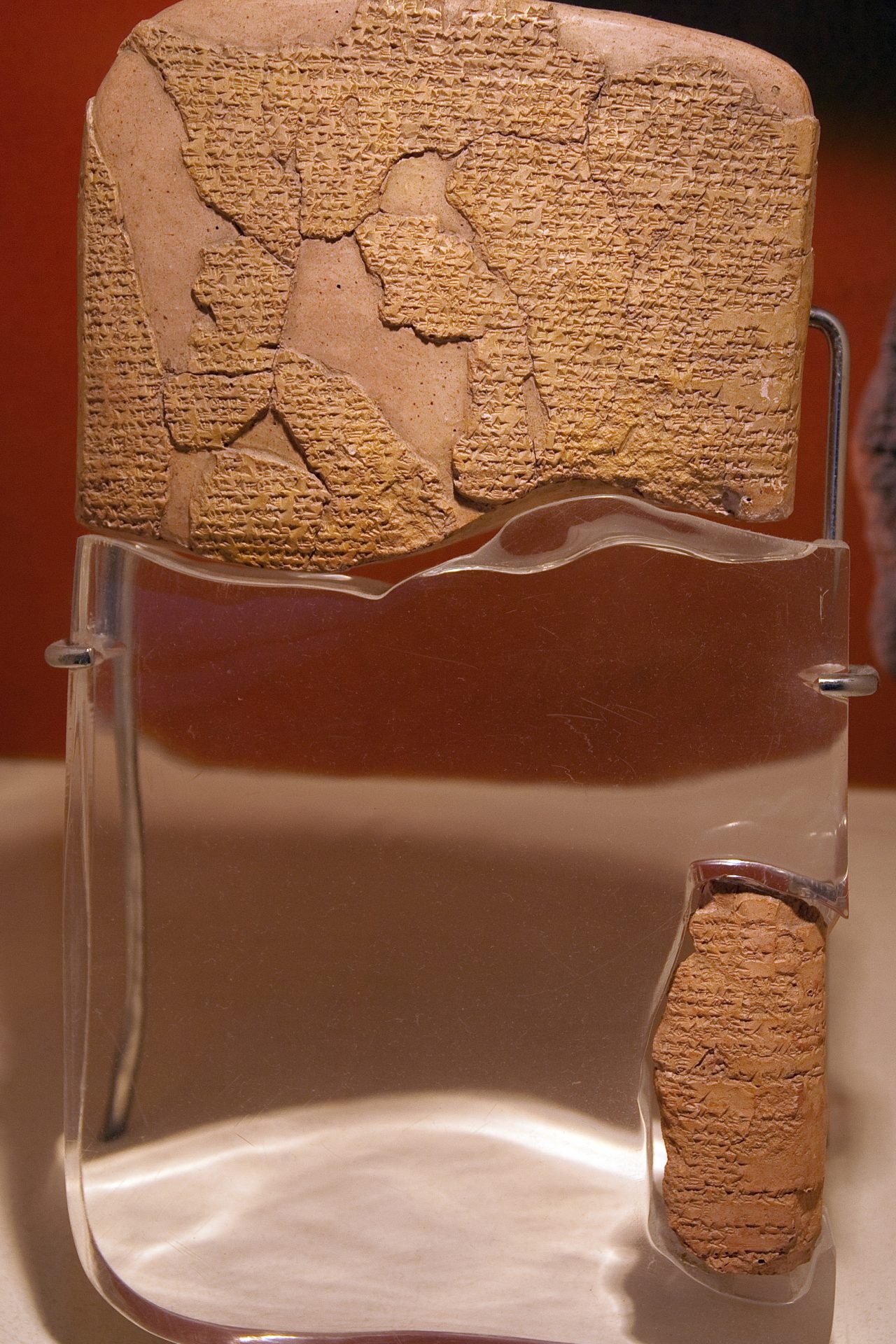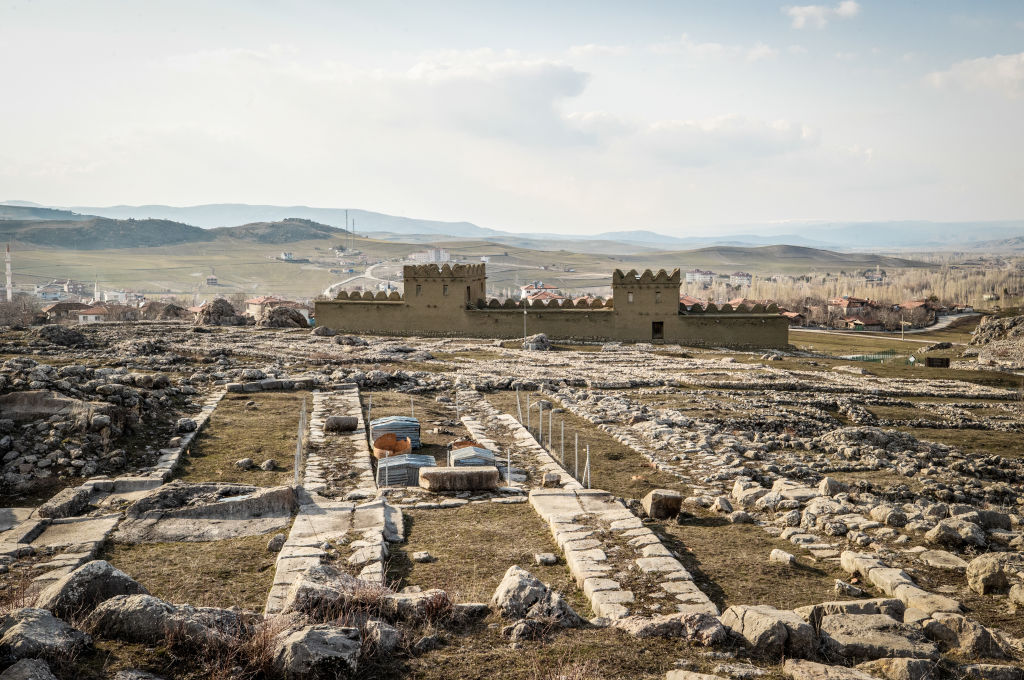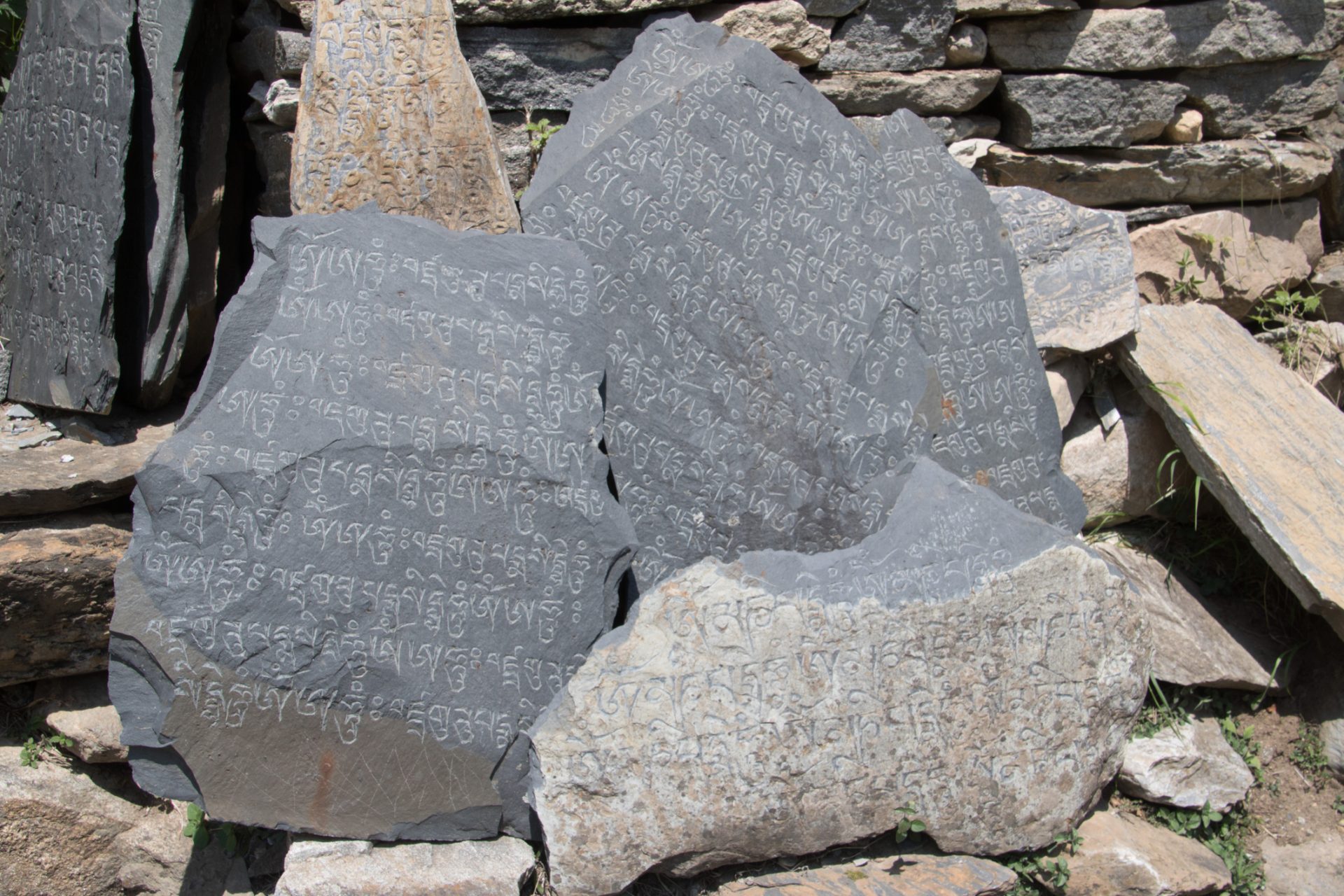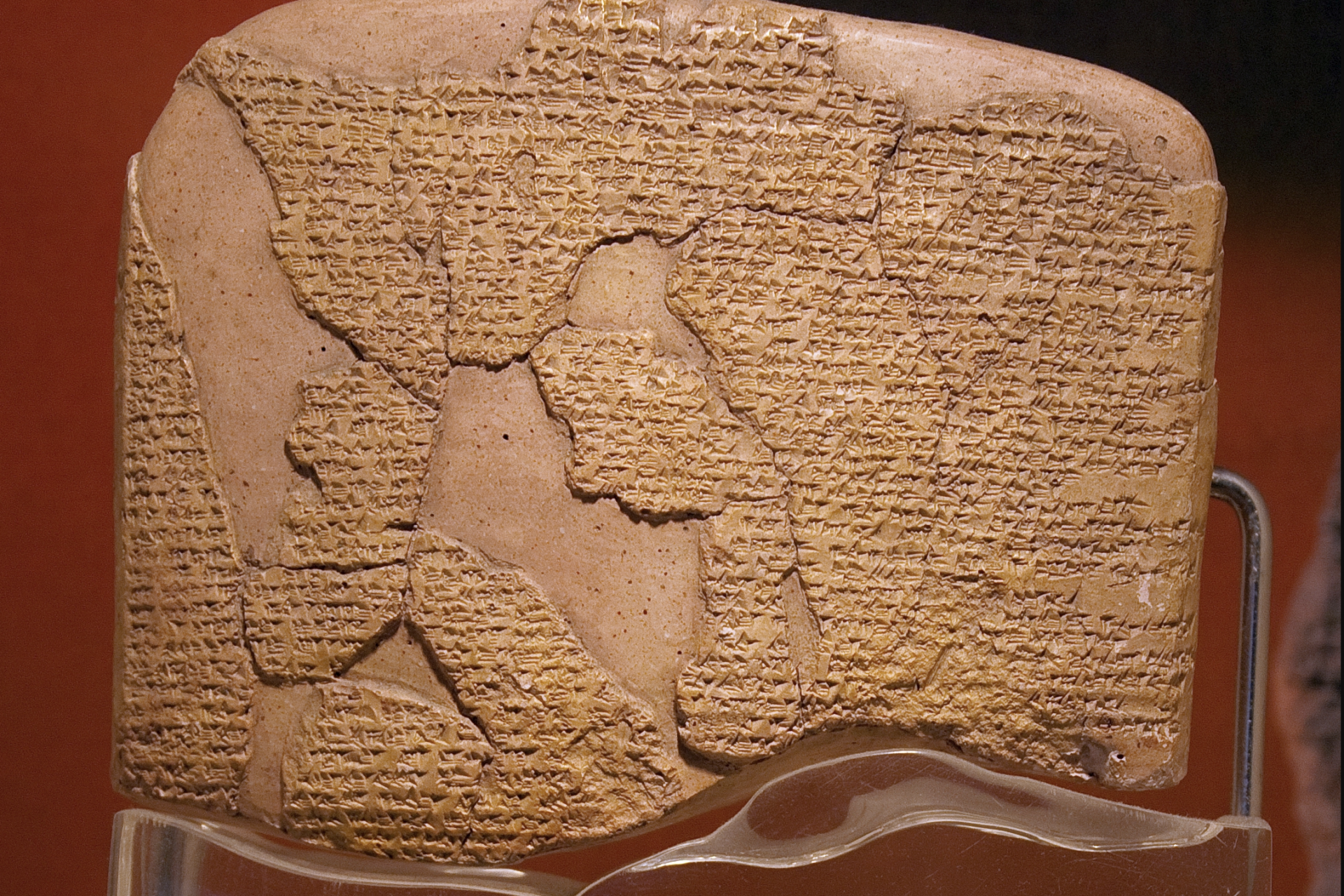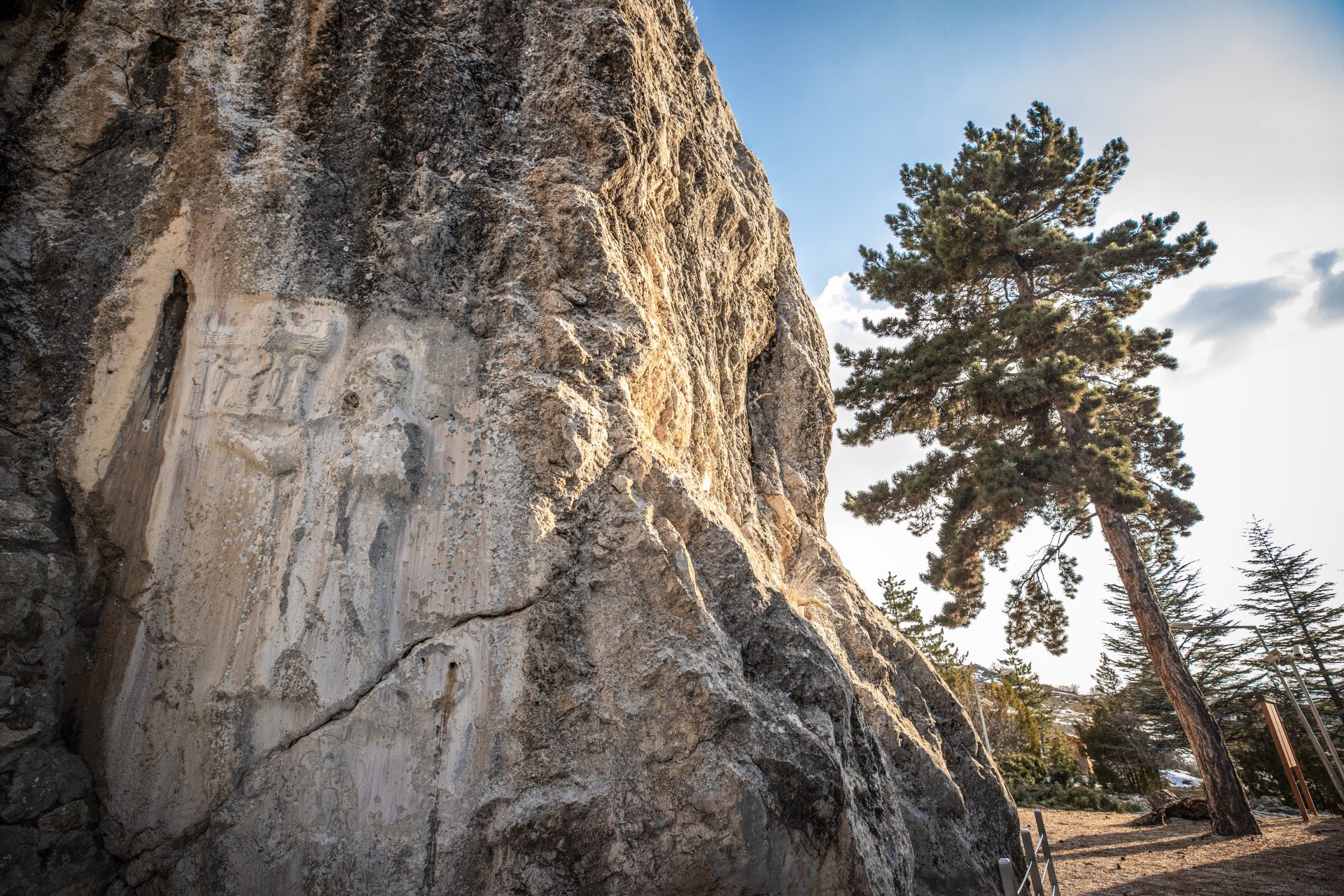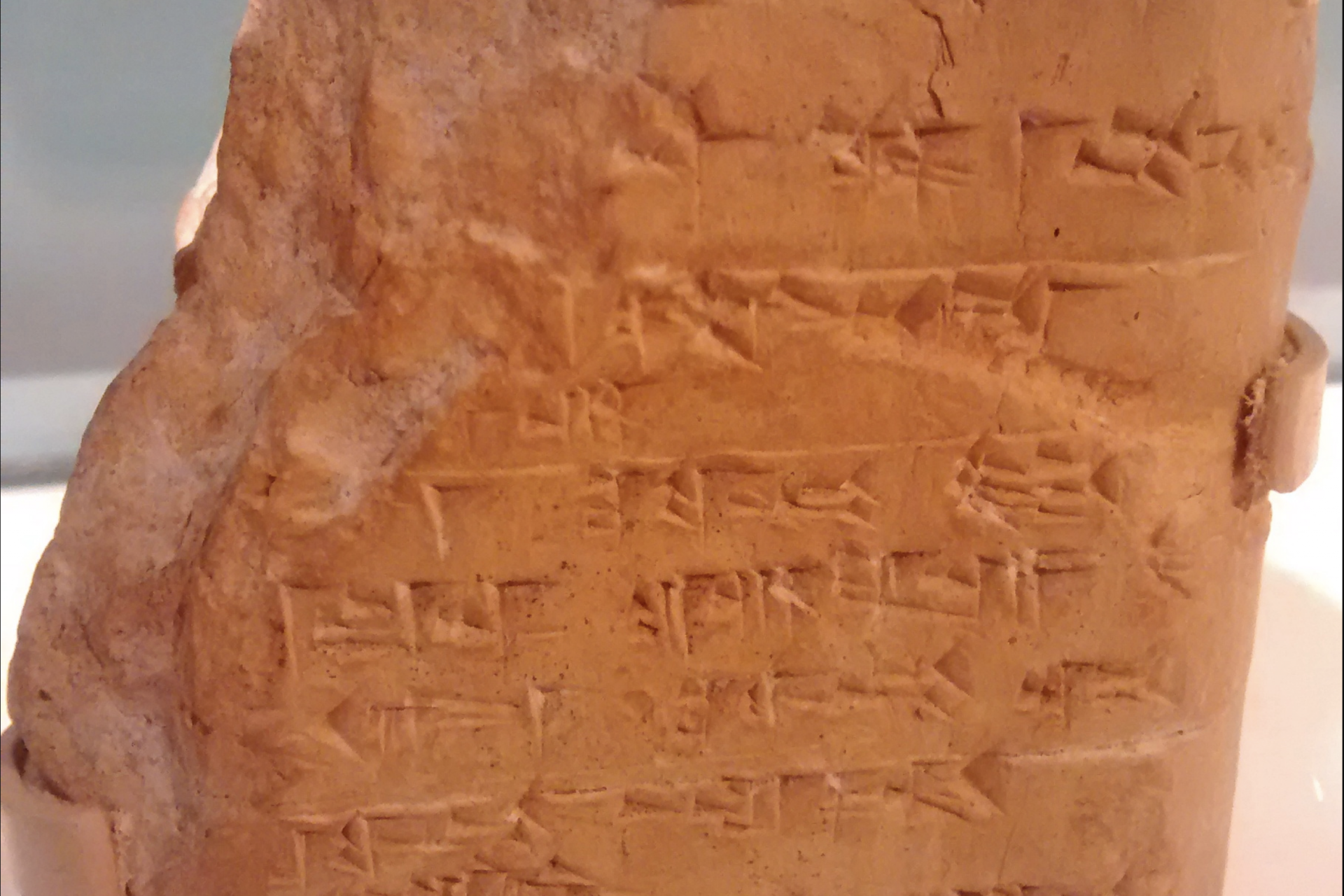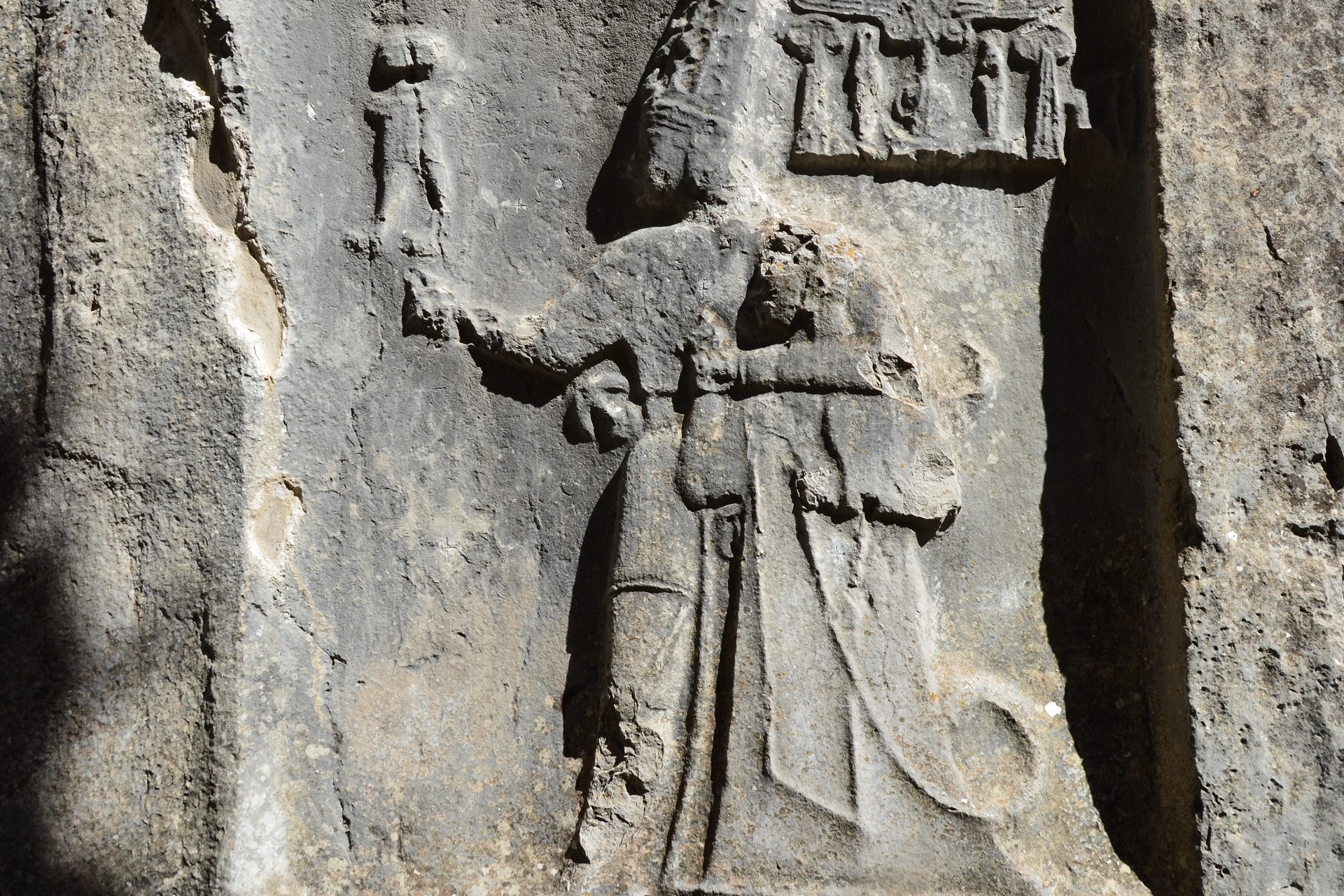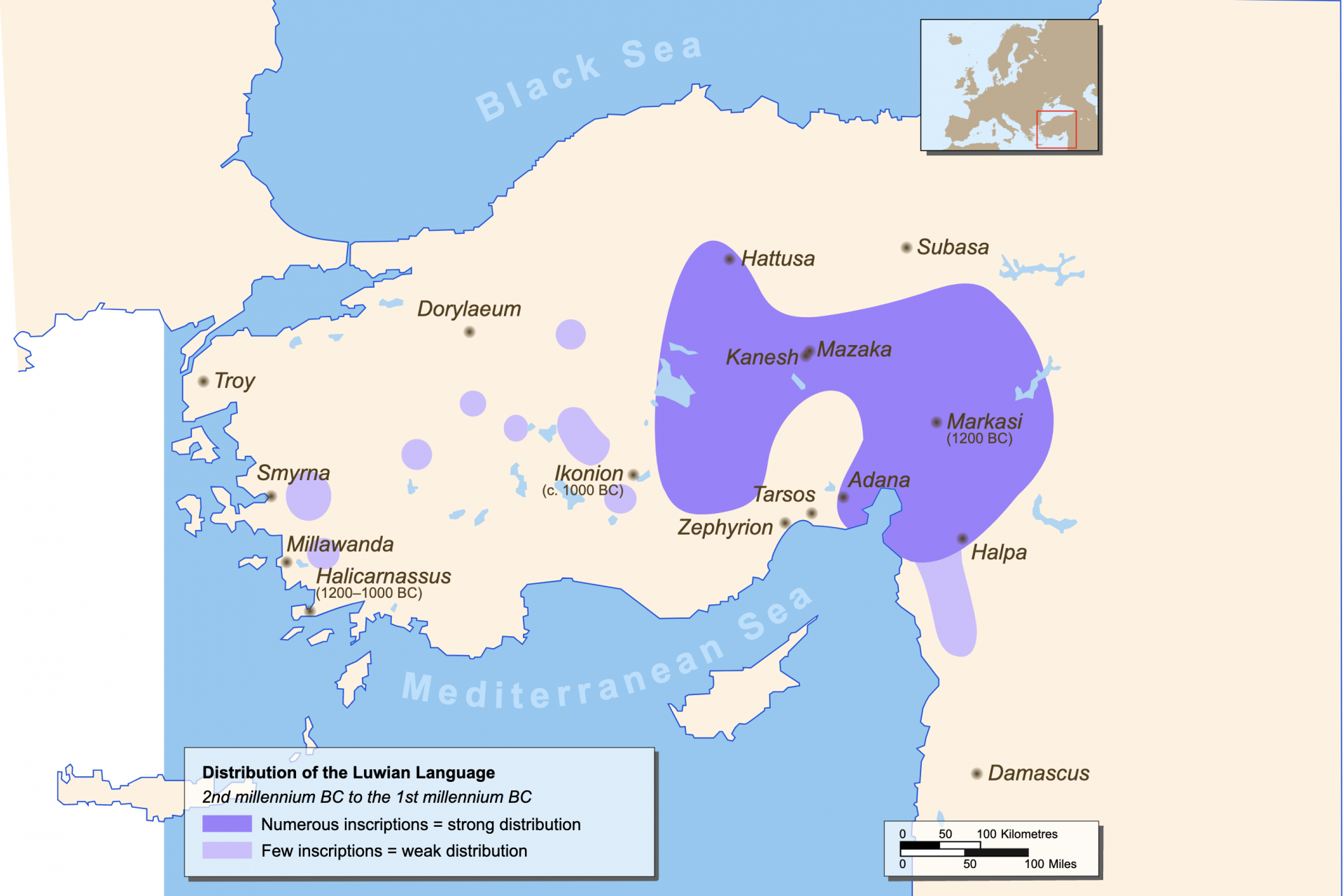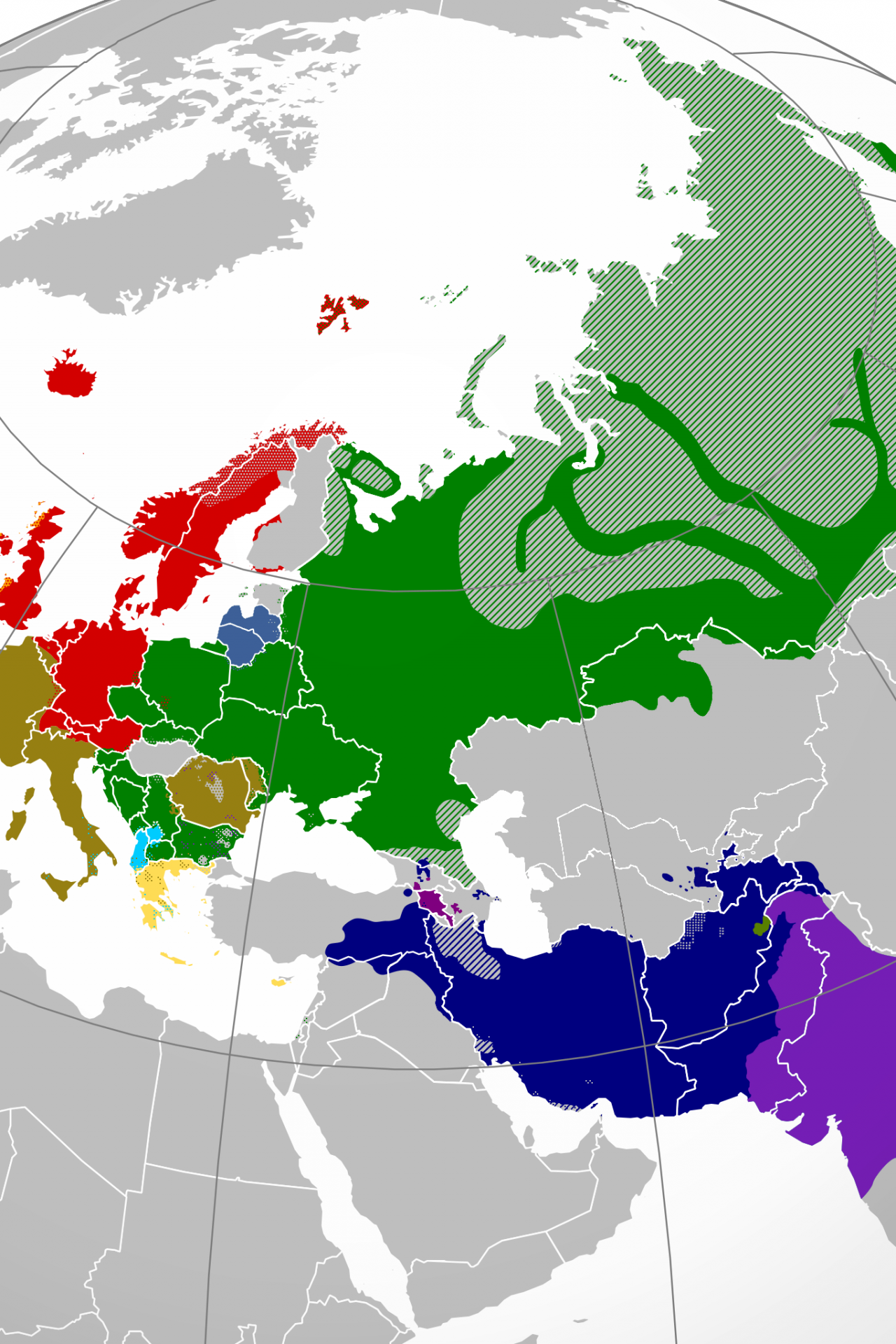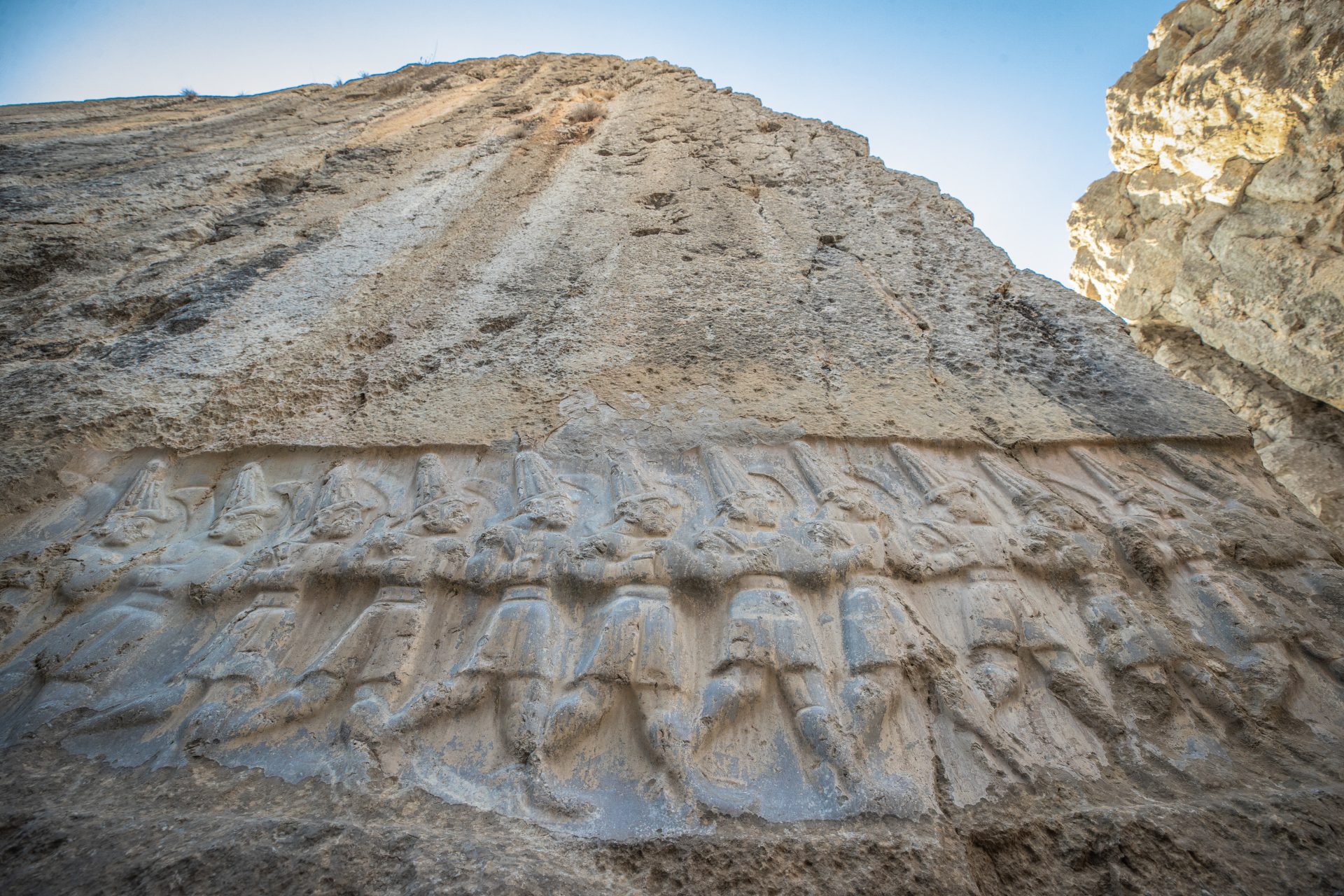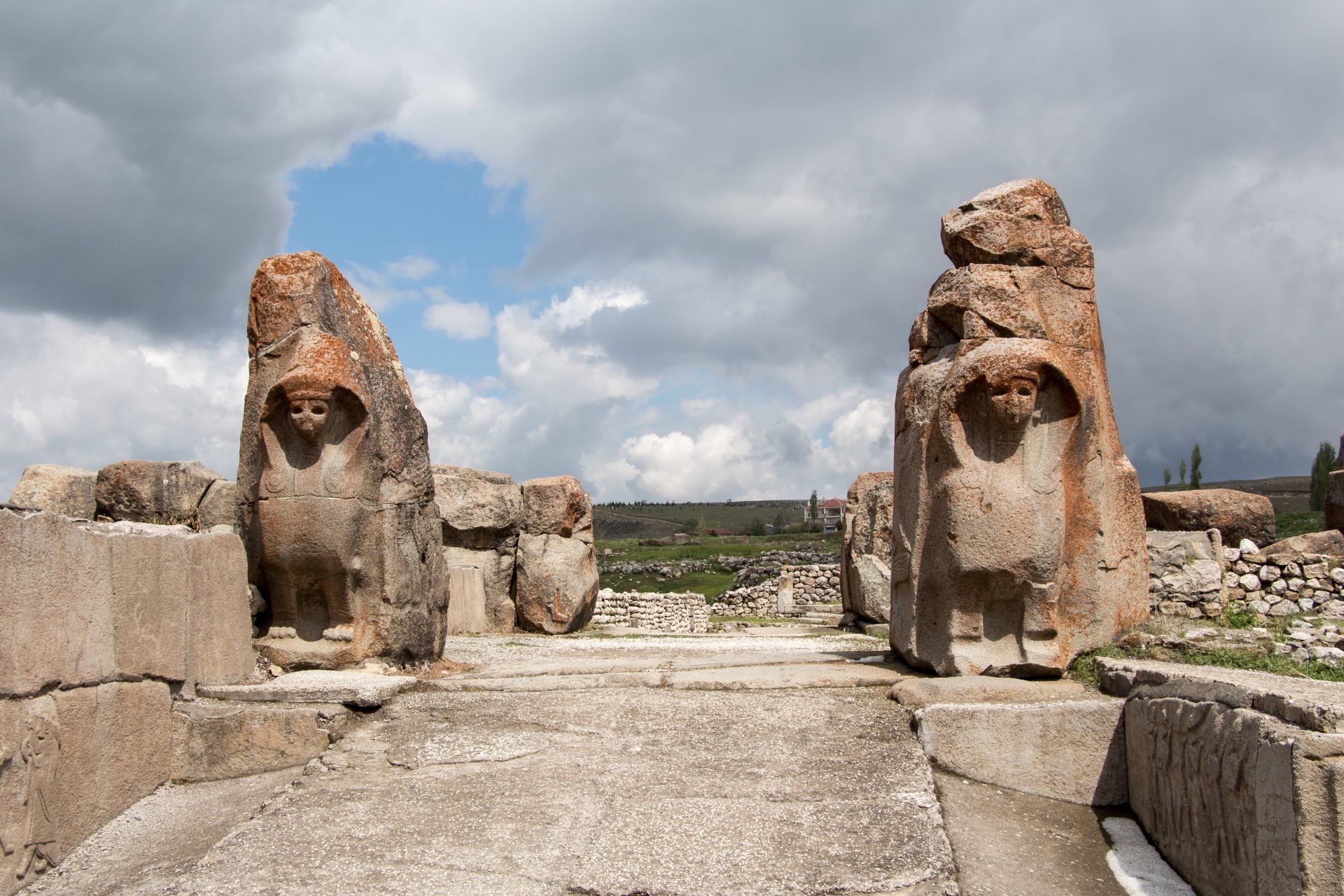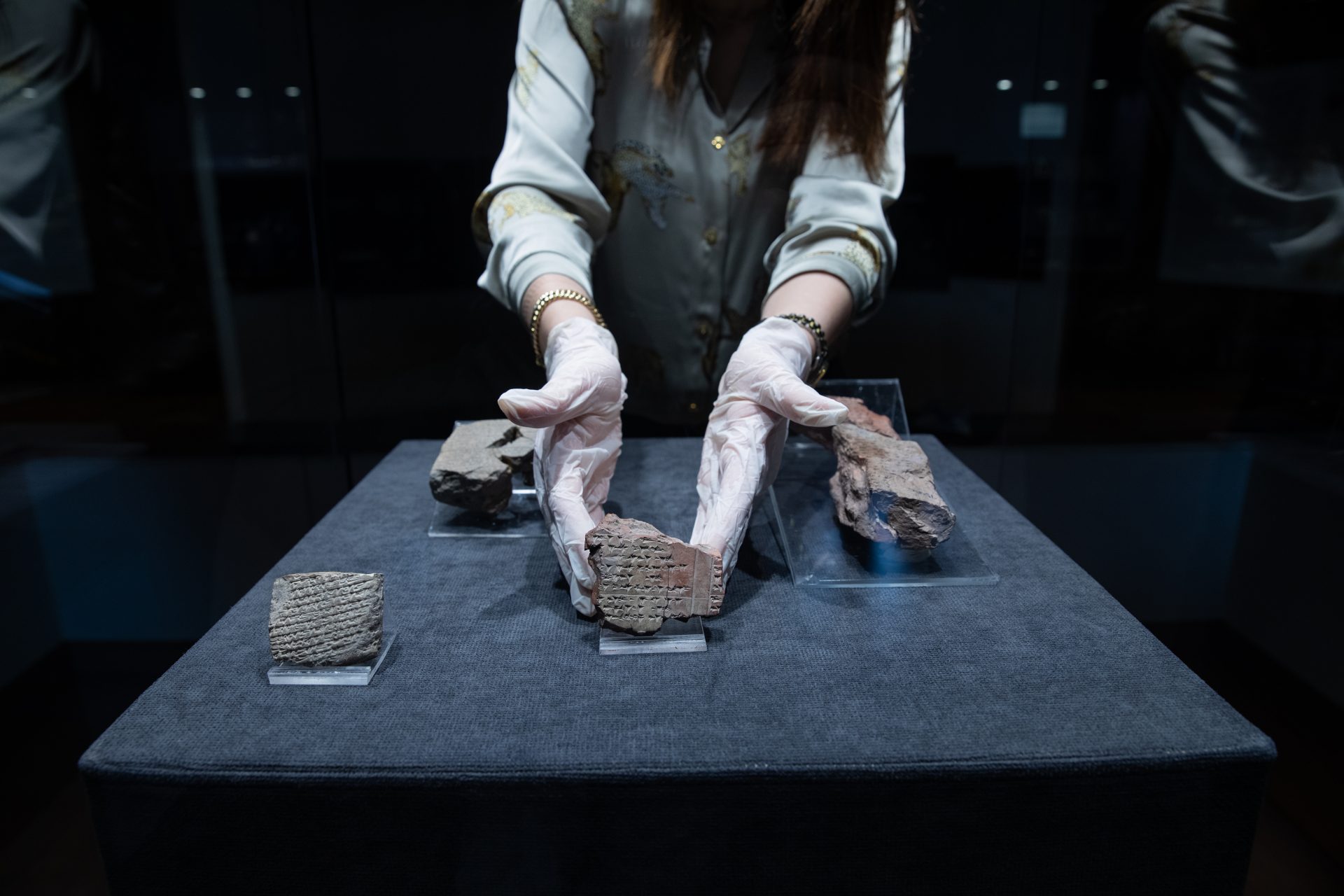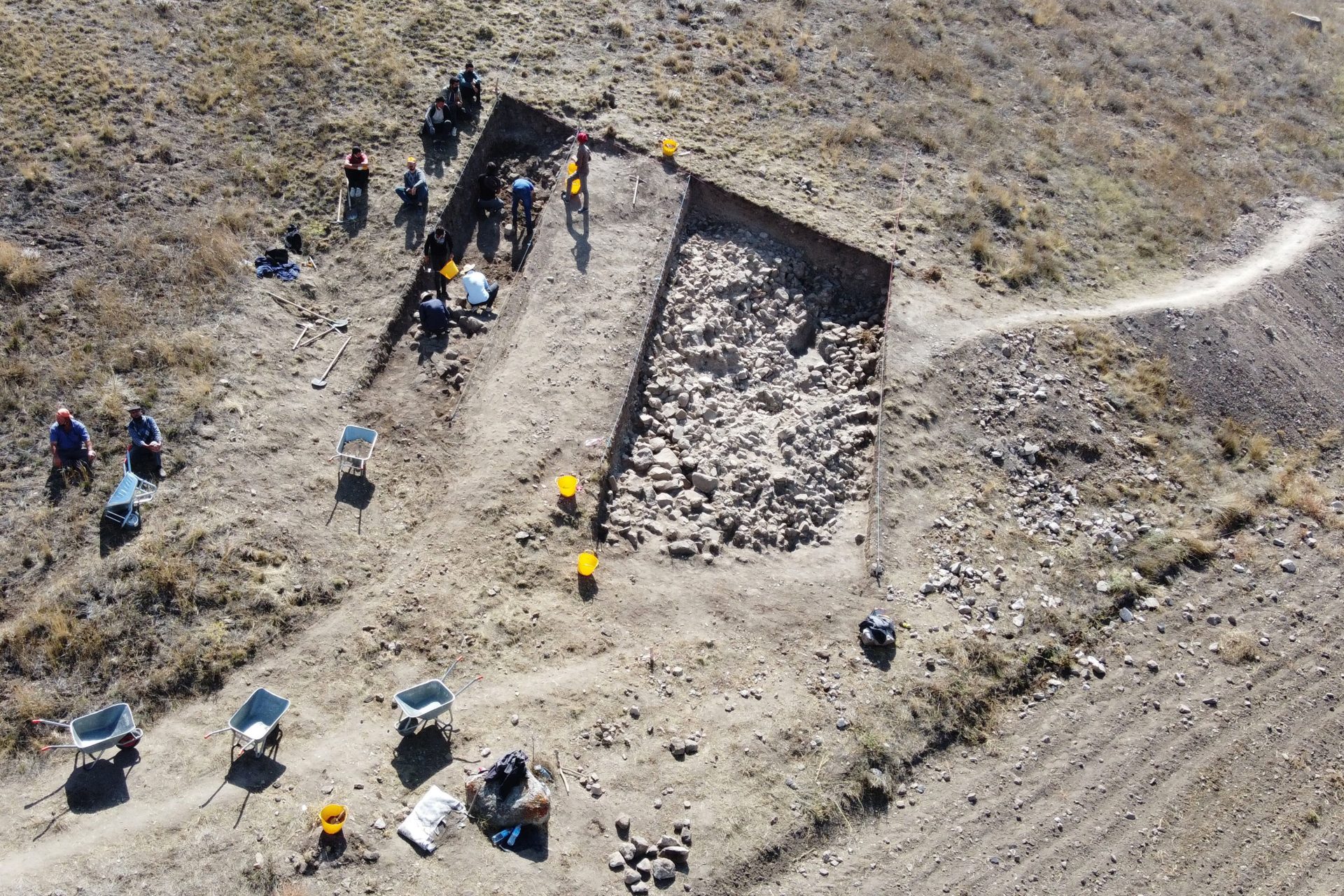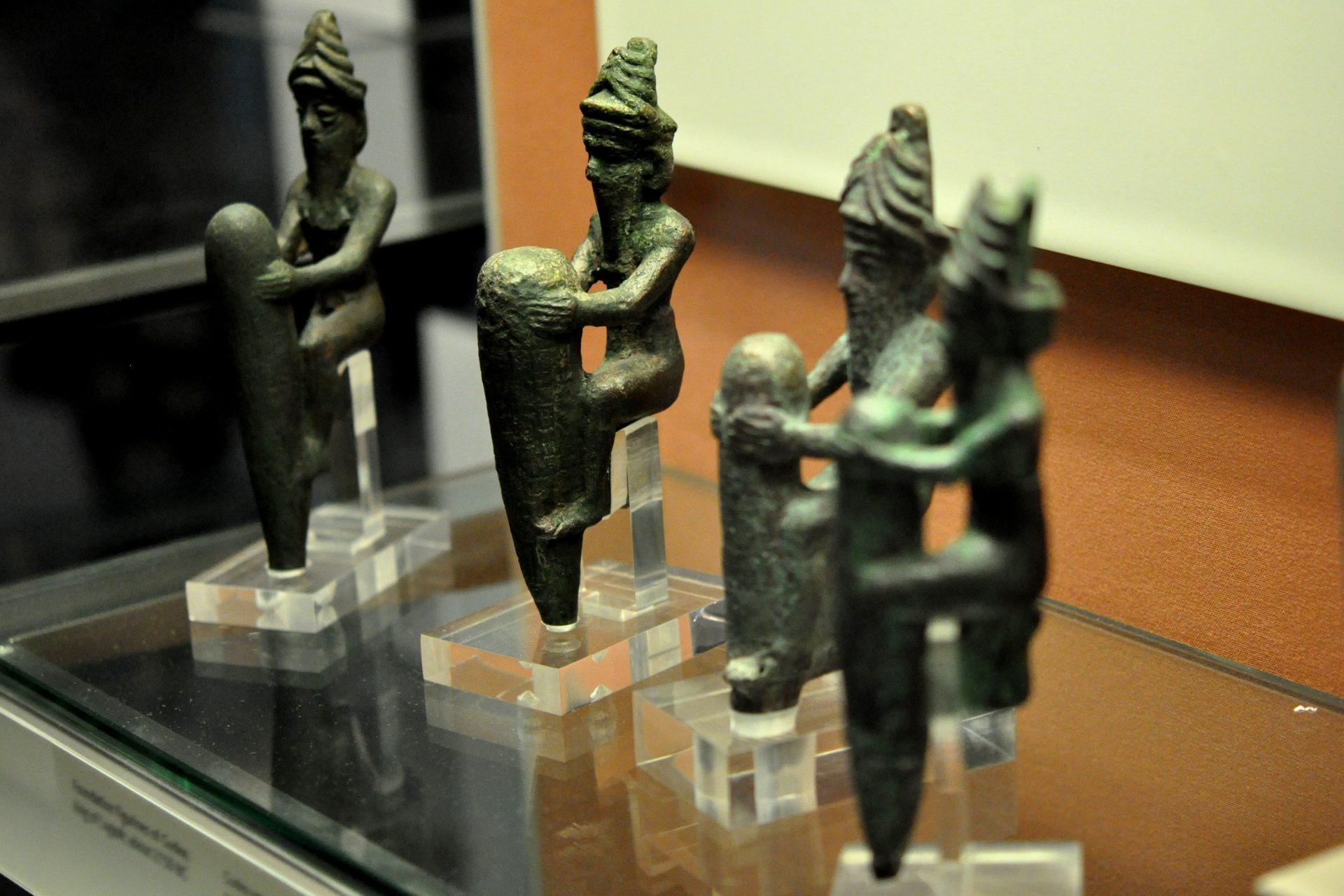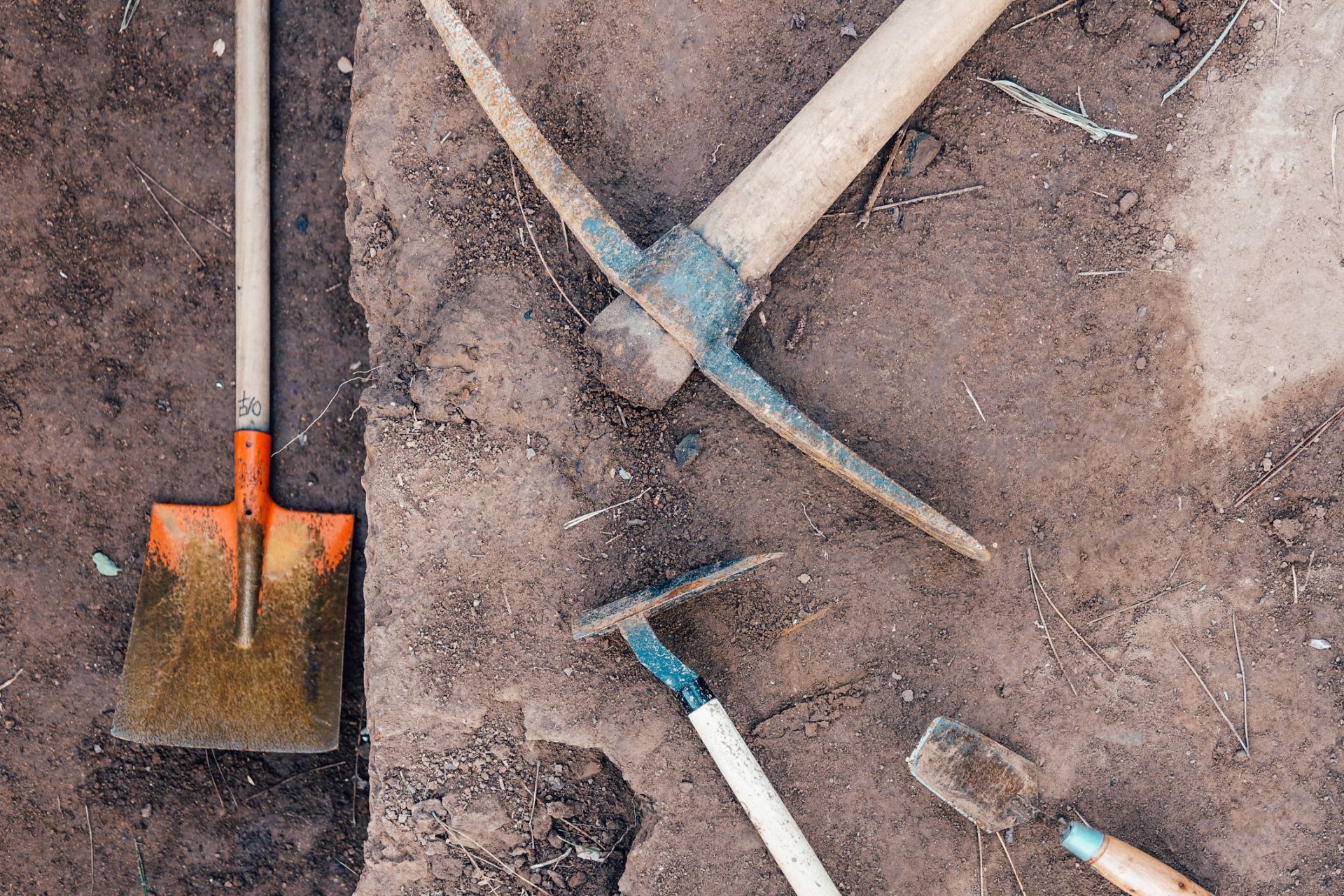Archeologist finally reveal deciphered text of ancient civilization over 3000 years old
In September 2023, archeologists discovered cuniform tablets while digging in the capital city of a once-great ancient empire. The find turned out to be a very important one since the tablets were written in an unknown language...
The discovery of a previously unknown ancient language began making international headlines and promised to reveal the secrets of a once powerful empire that flourished on the Anatolian Peninsula and parts of the Levant thousands of years ago.
Archeologists excavating the ruins of the ancient Bronze Age Hittite capital at Boğazköy Hattusha unearthed a clay tablet with the writing of an unknown language. At the time, researchers believed the uniform tablet detailed a foreign ritual according to Popular Mechanics.
However, before you can understand the importance of the find you first need to know a little bit about the ancient Hittite Empire and its capital Hattusha. The Hittites once ruled most of today’s modern Turkey and parts of Syria.
Photo Credit: Wiki Commons: By Ennomus, Own Work, CC BY-SA 4.0
More importantly, the Hittite Empire lasted from 1650 BC to 1180 BC and was one of the great civilizations of the Bronze Age. Unfortunately, we don't know as much about the Hittites as we do about the Egyptians or the Mycenaean Greeks. However, archeology has pulled back the veil a little.
Photo Credit: Wiki Commons By Klaus-Peter Simon, Own Work, CC BY 3.0
The ruins of the Hittite Empire's ancient capital city at Hattusha have provided the world with tens of thousands of ancient clay tablets over the past centuries. Many of these tablets have been translated and helped to provide a wealth of information about the time period.
Photo Credit: Wiki Commons: By Carole Raddato, CC BY-SA 2.0
Archeological sites at Boğazköy Hattusha have been excavated for more than a century under the German Archeological Institute according to a 2023 report from Newsweek, and the organization's digs have unearthed a substantial number of cuneiform tablets.
Photo Credit: Wiki Commons: By Bernard Gagnon, Own Work, CC BY-SA 3.0
Cuneiform is one of the world’s oldest forms of writing and it was developed by a group of ancient people known as the Sumerians of Mesopotamia more than 5000 years ago. It is a script that was used by many Near Eastern societies according to Newsweek.
More than 30,000 cuneiform tablets have been dug up from the ancient Hittite capital and each new find has allowed the world to piece together everything from the history of the empire to its traditions and society. But the find revealed in September 2023 was a bit different.
Photo Credit: Wiki Commons: By Iocanus, CC BY 3.0
Most of the tablets that have been uncovered at Hattusha are written in Hittite but the tablet that was unearthed in 2023 contained a ritual written in cuneiform but in the language of a people from the land of Kalašma.
Kalašma was an area of land that Popular Mechanics noted corresponded to somewhere along the northwestern frontier of the Hittite Empire. Unfortunately, experts aren’t able to read the cuneiform but they know it is about some form of ritual.
“The new language was written in cuneiform," explained Dr. Andreas Schachner. Dr. Schachner led the group from the German Archaeological Institute that found the tablet and told Newsweek the unknown language was part of a longer text that included Hittite writing.
Photo Credit: Wiki Commons: By Iocanus, CC BY 3.0
"It is the same writing system the Hittites used. The text is part of a longer text starting in Hittite. As it continues it says at one point: 'Continue in the language of the Land [of] Kalašma,’” Dr. Schachner explained, which is how we know about the unknown language.
The cuneiform tablet was sent to Germany to be studied by Daniel Schwemer—Chair of Ancient Near Eastern Studies at the University of Würzburg— and he was the expert who identified the location of the lost language speakers according to Live Science.
Photo Credit: Wiki Commons: By Mx. Granger - Own Work, CC0
A news release about the find from the University of Würzburg noted the discovery of an unknown language at Hattusa wasn’t a complete surprise with Schwemer remarking that the “Hittites were uniquely interested in recording rituals in foreign languages.”
Photo Credit: Wiki Commons: By Carole Raddato, CC BY-SA 2.0
In the months after the discovery, researchers weren't sure what the ritual in the Kalašma language said because they were not able to read the language, though it was believed translation efforts would be a bit easier since the text seemed to share features with a language known as Luwain.
Photo Credit: Wiki Commons: By Mzajac - Own Work, CC BY 4.0
Luckily, researchers made some headway in understanding the new language, and Anatolian language expert Elisabeth Rieken confirmed the writing discovered on the cuneiform tablet was part of the Indo-European language family according to Newsweek.
Photo Credit: Wiki Commons: By Bill Williams, CC BY-SA 4.0
The find was quite important according to the new release from the University of Würzburg because “rituals provide valuable glimpses into the little known linguistic landscapes of Late Bronze Age Anatolia, where not just Hittite was spoken.”
It was believed what the tablet reveals probably wouldn't provide any groundbreaking information on the Hittite Empire itself but transforming the test would give researchers a tantalizing look into the lives of those on the periphery of the empire, something that would be invaluable for historians.
Photo Credit: Wiki Commons: By Bernard Gagnon - Own work, CC BY-SA 3.0
The texts under the responsibility of the German excavation team were translated as part of a larger study and published according to Dr. Schachner, something that Arkeonews reported in July 2024. However, while the published text is digitally available, the final publication will not begin until November 2024.
"The content of the tablets does not actually convey very important information, but thanks to these texts we learn that Anatolia was a multilingual and multicultural region in 2000 BC," Dr. Schachner said. "People knew and used at least a few of these languages."
"The Hittite view of the gods of another region is also confirmed by this text, because they included the gods of the conquered region into their system and worshipped them. In this way, they tried to bind those regions to themselves," Dr. Schachner added.
Photo Credit: By Osama Shukir Muhammed Amin, CC BY-SA 3.0
More for you
Top Stories



